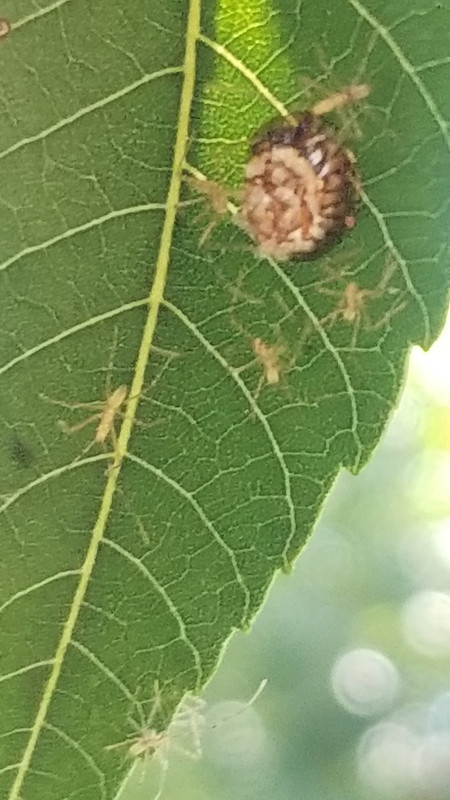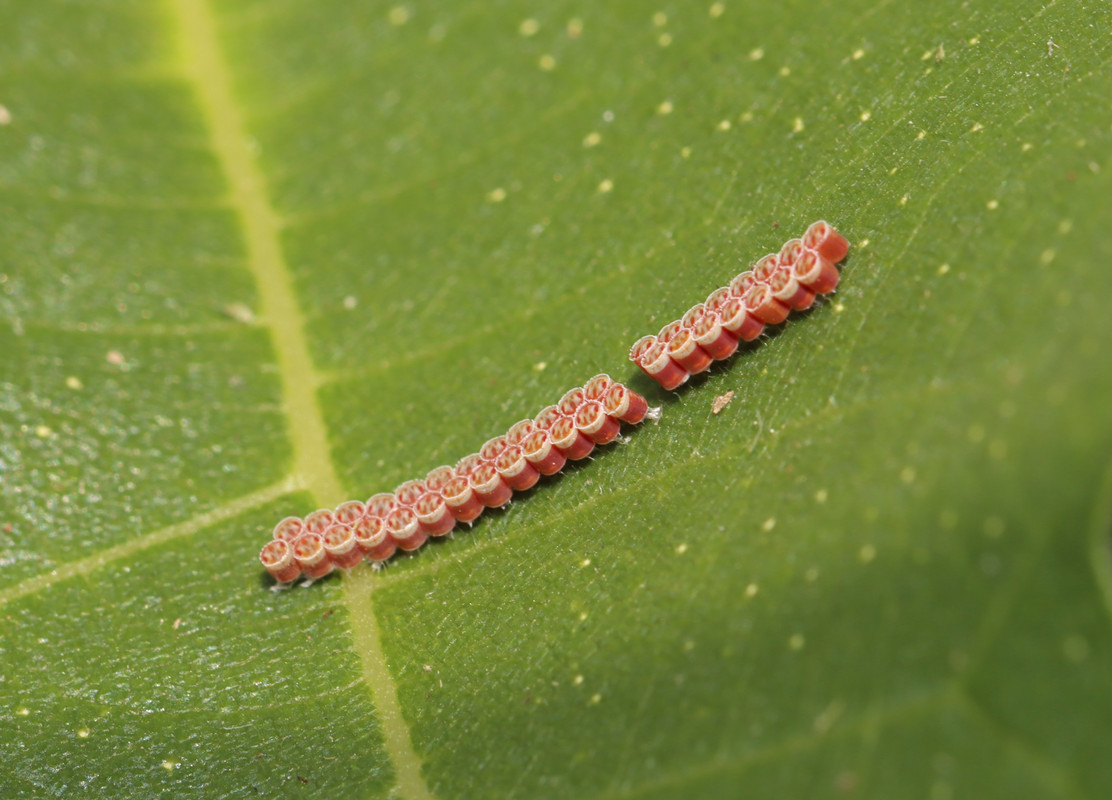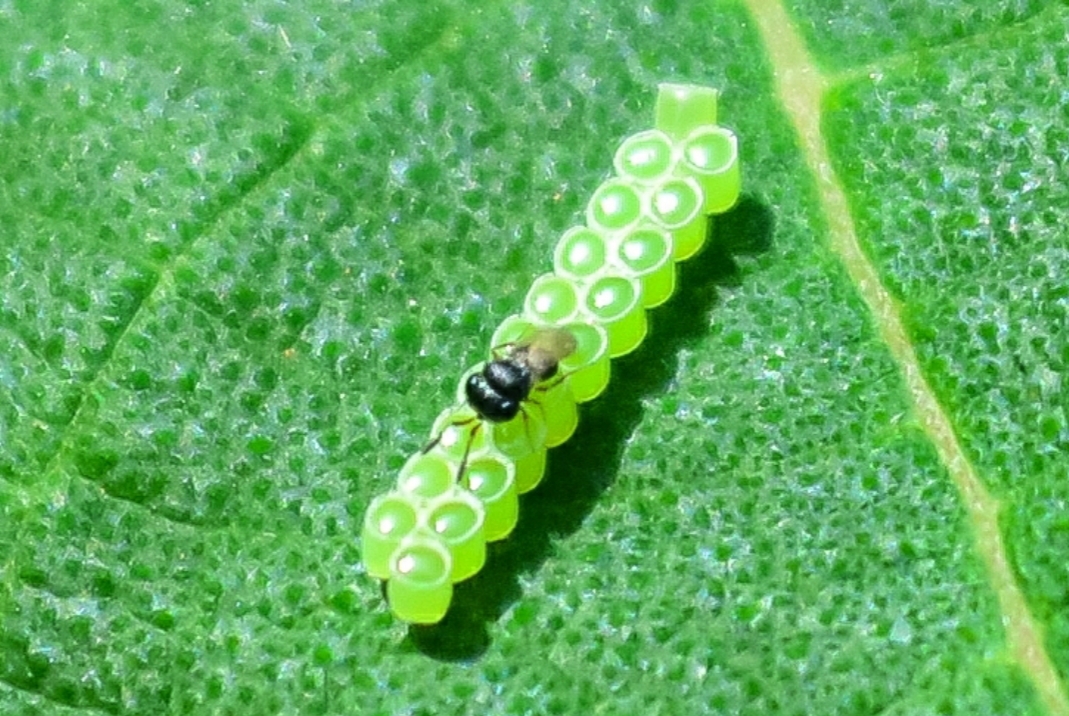- My Forums
- Tiger Rant
- LSU Recruiting
- SEC Rant
- Saints Talk
- Pelicans Talk
- More Sports Board
- Coaching Changes
- Fantasy Sports
- Golf Board
- Soccer Board
- O-T Lounge
- Tech Board
- Home/Garden Board
- Outdoor Board
- Health/Fitness Board
- Movie/TV Board
- Book Board
- Music Board
- Political Talk
- Money Talk
- Fark Board
- Gaming Board
- Travel Board
- Food/Drink Board
- Ticket Exchange
- TD Help Board
Customize My Forums- View All Forums
- Show Left Links
- Topic Sort Options
- Trending Topics
- Recent Topics
- Active Topics
Started By
Message
re: Some bird photos from Rockefeller Wildlife Refuge
Posted on 8/14/24 at 4:27 pm to pussywillows
Posted on 8/14/24 at 4:27 pm to pussywillows
Yeah kites are kind of hard to get because they fly so fast and high, but this one has found a hangout spot at the high point of a big tree in my neighborhood and will sit there for a long while.
*Edited for accuracy
*Edited for accuracy
This post was edited on 8/14/24 at 4:42 pm
Posted on 8/14/24 at 4:32 pm to Funky Tide 8
quote:
Moorhens and Gallinules are different, but they are both Rails.
gotcha! thanks...
Posted on 8/14/24 at 4:41 pm to pussywillows
Scratch that, the more research I am doing, I am really not sure what the distinguishing differences are, or if there are any  I mentioned a more bluish color because I was thinking of a purple gallinule.
I mentioned a more bluish color because I was thinking of a purple gallinule.
edit:
From more reading, the North American common Moorhen is now called a common Gallinule to distinguish it from the Eurasian Moorhen which is apparently a different species then what we were calling Moorhens here. Eurasian Moorhens are an old world species, and the North American is a New World. According to scientists, they make completely different sounds, and the beaks and shield are a little different.
Exert from what I am reading:
edit:
From more reading, the North American common Moorhen is now called a common Gallinule to distinguish it from the Eurasian Moorhen which is apparently a different species then what we were calling Moorhens here. Eurasian Moorhens are an old world species, and the North American is a New World. According to scientists, they make completely different sounds, and the beaks and shield are a little different.
Exert from what I am reading:
quote:
In the late 1800’s, the AOU referred to this species as the ‘Florida Gallinule’, but then in 1923 lumped it in with the Old World’s ‘Common Moorhen’. For some reason, even after the lump, the AOU kept the name as Florida Gallinule for quite a few years, but then switched it over to ‘Common Gallinule’, and then finally in 1982, referred to it officially as the ‘Common Moorhen’. All through this time, the Old World and New World species where, however, considered two subspecies.
Well-known birder and tour-leader Alvaro Jaramillo proposed to the AOU to split the subspecies back to their own distinct species status. Jaramillo’s proposal (link) cited the drastic differences in vocalizations between the two populations as well as slight morphological differences. Here is a link to recordings of this bird’s vocalizations showing just how different the New World species sounds from the Old World species. The morphological differences are that the New World species has a larger, truncated frontal shield whereas the Old World species has a smaller, rounder frontal shield. The AOU accepted the split, and so now we are back to having the Common Gallinule and the Eurasian Moorhen!
This post was edited on 8/14/24 at 4:50 pm
Posted on 8/14/24 at 4:45 pm to pussywillows
quote:
oooh, okay...
I usually just say "Huh...." when I hit one of those dead ends.
Posted on 8/14/24 at 4:46 pm to Funky Tide 8
i had kites nesting in the pecan orchard several years ago, when i was using a bridge camera, so the pictures were not as sharp as i like...since then, i've seen them frequently, but i have no idea where they're nesting, and rarely see them low enough for pictures...
Posted on 8/14/24 at 4:49 pm to Funky Tide 8
Thanks all great pictures, but especially appreciate the Mississippi Kite.

Those Kites are great first time birdwatching, don't need binoculars or even a deep trek in the swamp to spot them. They are big birds, and usually keep high in the sky, easy to see from a distance.
They roll, dive and circle like trick pilots. You can tell they are just having fun in the air currents. Cool bird, glad you got one for us to see up close.
Those Kites are great first time birdwatching, don't need binoculars or even a deep trek in the swamp to spot them. They are big birds, and usually keep high in the sky, easy to see from a distance.
They roll, dive and circle like trick pilots. You can tell they are just having fun in the air currents. Cool bird, glad you got one for us to see up close.
Posted on 8/14/24 at 4:51 pm to pussywillows
quote:
oooh, okay...
I added a little more to that post for clarity.
Posted on 8/14/24 at 4:55 pm to Funky Tide 8
i saw that! so without seeing and hearing both birds, it could be either one...if i'm reading that correctly, lol...
Posted on 8/14/24 at 5:25 pm to pussywillows
quote:
You seem to get a great variety of butterflie
I turned on the sprinklers the other day and within a couple of minutes butterflies were all over the yard. I saw sulphurs and whites, a couple of silver spotted skippers, several checkered skippers in one spot, the hackberry emperor, some of the tiny blues (not sure which ones), a tiger swallowtail drifted by and lit. They all came for the water and would just light on the grass and drink. The sprinklers didn't bother them when they passed over. It was cool to see.
Posted on 8/14/24 at 5:31 pm to LegendInMyMind
Oh, and here's a terrible pic of the weird eggs hatching. Final proof to myself that those are Pale Green Assasin Bug eggs.

The wind was blowing and the sun was shining right into the camera, plus my cell phone camera has about had it.
Those eggs are all over the pecan tree. I saw three or four more looking at it earlier.

The wind was blowing and the sun was shining right into the camera, plus my cell phone camera has about had it.
Those eggs are all over the pecan tree. I saw three or four more looking at it earlier.
Posted on 8/14/24 at 5:37 pm to pussywillows
Great pics and thanks for posting
And frick the person that downvoted
And frick the person that downvoted
Posted on 8/14/24 at 5:57 pm to LegendInMyMind
Hey, didn't you post eggs like this before? Or did I make that up, lol? iNaturalist struggled with it...


Posted on 8/14/24 at 6:25 pm to pussywillows
quote:
Hey, didn't you post eggs like this before? Or did I make that up, lol? iNaturalist struggled with it...
The ones I saw were green, but roughly the same shape. I watched them over a few days and they never changed color.

iNat wasn't much help for the eggs, but it did identify the parasitic fly on them.
Posted on 8/14/24 at 6:30 pm to LegendInMyMind
quote:
The ones I saw were green, but roughly the same shape. I watched them over a few days and they never changed color.
ahh, okay...well, these were gone the following day, so i may never know what they were...
Posted on 8/14/24 at 6:37 pm to pussywillows
quote:
ahh, okay...well, these were gone the following day, so i may never know what they were...
I've got a bunch of egg pics that I'll probably never ID. It usually takes accidentally stumbling upon what they are, that's how I IDd the assasin bug eggs. I really wish iNat would include egg and different instar pics on the main page for a species. It would help.
Posted on 8/14/24 at 6:59 pm to Bert Macklin FBI
Africanis Cormoantis
Posted on 8/14/24 at 7:39 pm to LegendInMyMind
one of the iNat suggestions for the picture i posted above was green anole 
ETA this is the egg picture iNat DID identify as north American wheel bug...I'm guessing it helped that there were hatchlings in the photo

ETA this is the egg picture iNat DID identify as north American wheel bug...I'm guessing it helped that there were hatchlings in the photo

This post was edited on 8/14/24 at 7:46 pm
Popular
Back to top



 3
3


